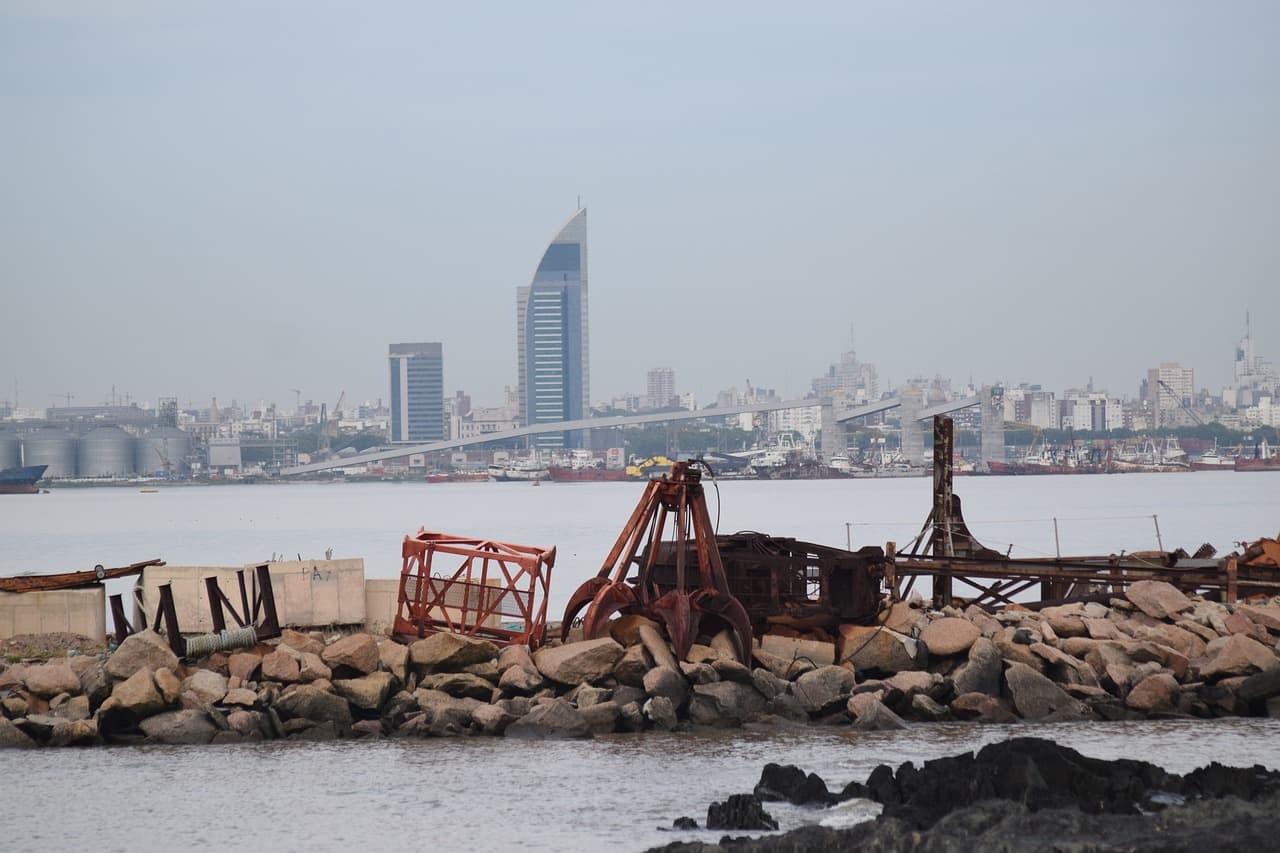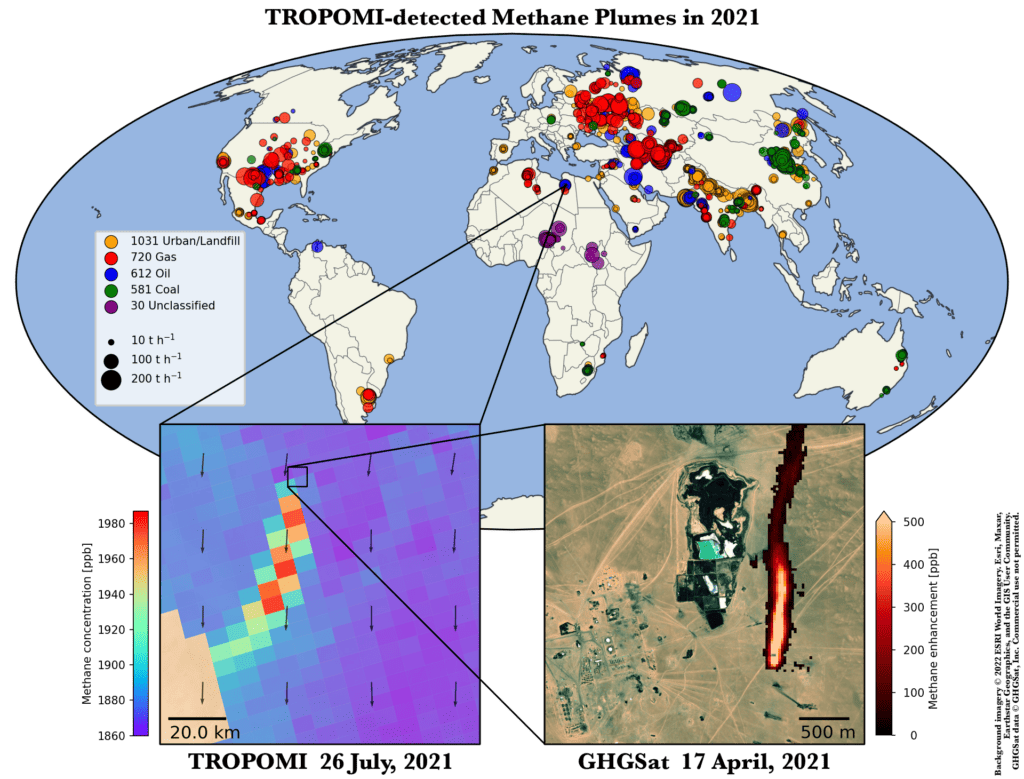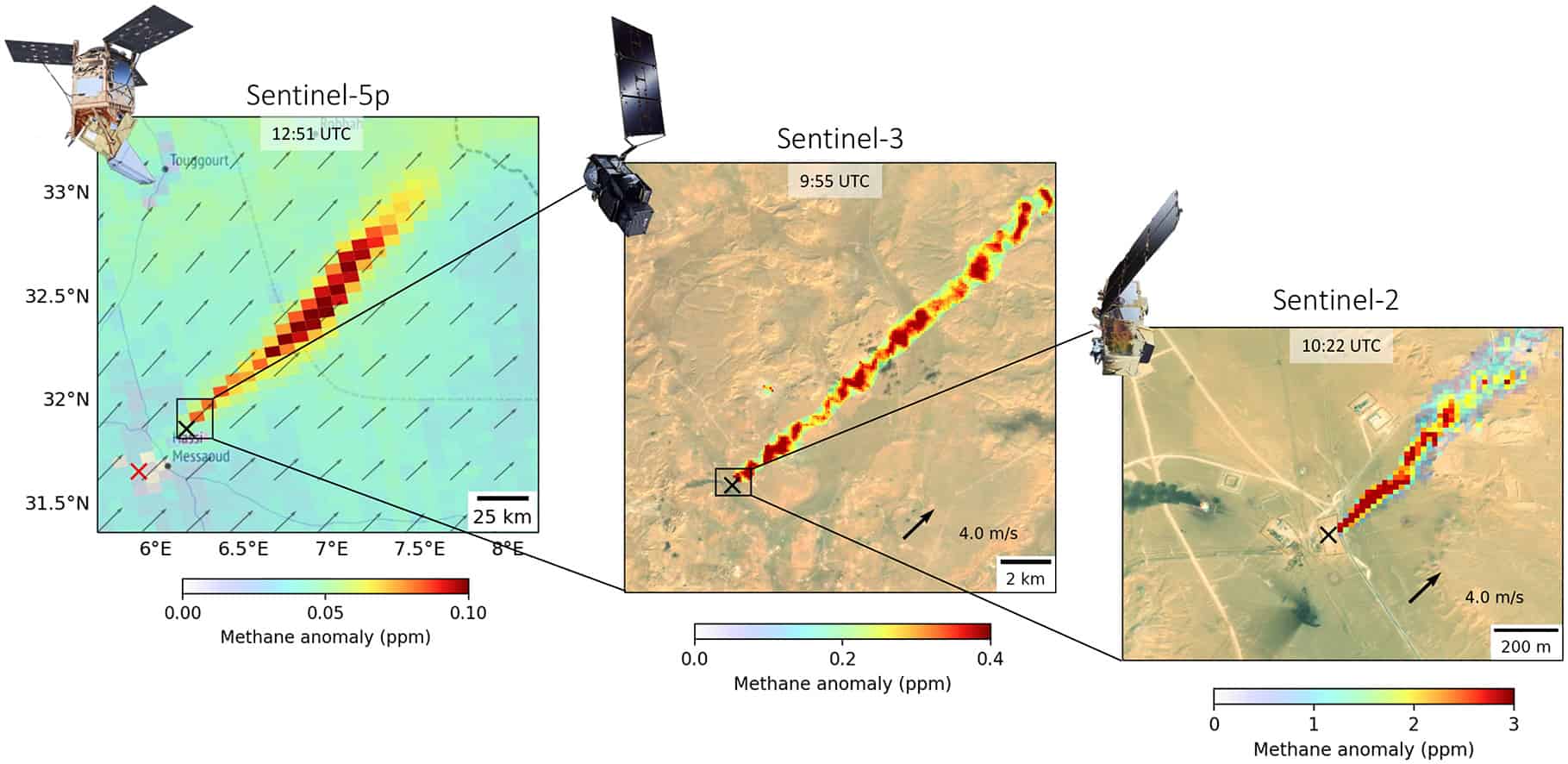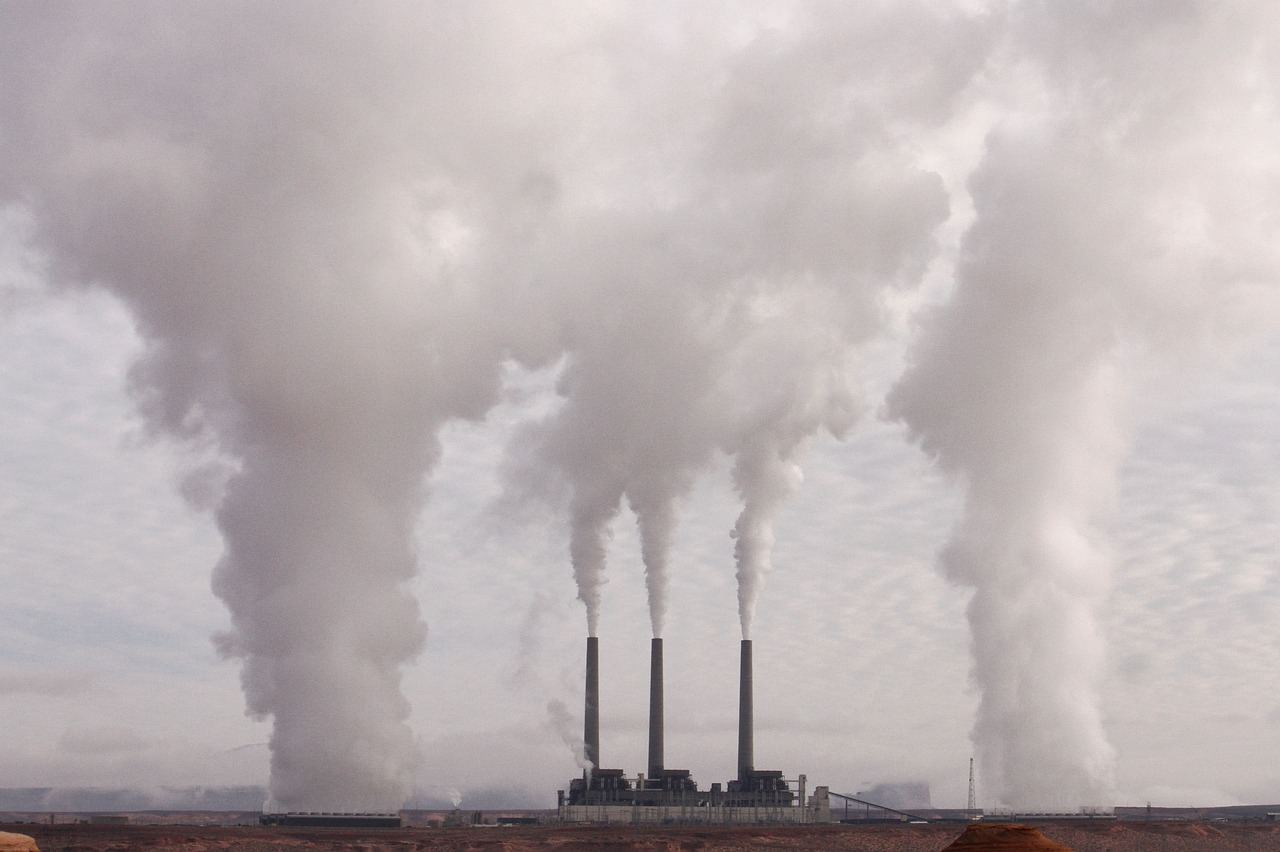
TNO is doing the measurements on behalf of Uruguay’s Environment Ministry. The Netherlands has a globally recognised top position in emissions monitoring, thanks to the success of the Dutch TROPOMI satellite instrument that measures air pollution worldwide on a daily basis. The ultimate goal of this collaboration is to set up a system to continuously monitor and predict air pollution in Uruguay.
Why you should know this:
The Netherlands has a lot of expertise in monitoring and predicting air pollution: a global problem.
Air pollution is a global health problem. To make effective policies against air pollution, accurate data is essential. Generally, countries do this through nationwide ground-based measurement networks. However, for countries with less ground-based measurement infrastructure, freely available data from satellites, for example from the TROPOMI instrument of ESA’s Sentinel-5p satellite, offers a solution.

High concentrations of air pollution in Uruguay
In the project with the Uruguayan Ministry of Environment, TNO is investigating the possibilities of using satellite data for nationwide detection of high concentrations of air pollution in Uruguay. TNO is also training ministry staff in the use of its LOTOS-EUROS air quality simulation model. This model can be used alongside satellite data to make air quality predictions. Currently, this model is actively used for daily air quality forecasts as part of the Copernicus Atmosphere Monitoring service, a joint initiative of the European Committee and the European Space Agency (ESA). “By combining ground measurements, satellite observations and models of reported emissions, we can best predict a country’s air quality,” says Anton Leemhuis, director of Earth observation at TNO.
Dutch expertise
Earlier, TNO described in a paper that the accumulated expertise offers opportunities for the Netherlands to become a leading country in international emissions monitoring. The Netherlands has extensive experience in realising Earth-observing emissions for monitoring air pollution, nitrogen and greenhouse gases. This is partly due to TNO’s scientific cooperation with partners KNMI (Royal Netherlands Meteorological Institute), SRON (Netherlands Institute for Space Research) and Delft University of Technology in the Clear Air consortium. A concrete example is the Dutch satellite instrument TROPOMI, whose optical heart was largely designed by TNO. Since 2017, this pioneering innovation has been measuring the atmosphere, including nitrogen dioxide, methane, particulate matter and ozone, 24/7 worldwide.







